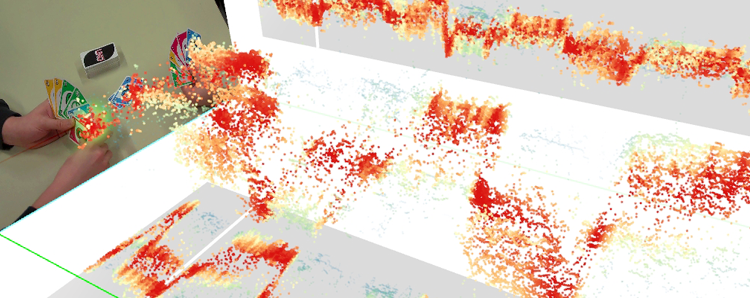Knowing where people look at when they investigate visual stimuli such as pictures and video content provides valuable information for multiple application scenarios. The investigation of viewing behavior has become a popular approach that provides a glimpse into the human mind. May it be a person sitting in front of a computer screen or walking in the park, different eye-tracking devices can record where and how long a person spent visual attention for nearly all possible visual stimuli. Depending on the device, up to 2000 gaze positions per second and the visual stimulus can be recorded for an individual person. Typically, many more persons are recorded in a user study, and the goal is to compare this massive amount of data in order to find similarities as well as outliers in the viewing behavior.
Visualization of Eye Tracking Data


